Wild Garlic, Allium ursinum, also known as bear's garlic, is a herbaceous plant found in damp woodlands and undergrowth. Its culinary success is such that wild garlic is now frequently cultivated in our vegetable gardens. This aromatic plant lends itself to a wide variety of savoury culinary preparations.
In the fridge, freezer, or prepared in sterilised jars... Once harvested, wild garlic can be preserved for varying lengths of time depending on the method used.
Discover all our tips for preserving wild garlic and using it in delicious ways!
How to Harvest Wild Garlic?
The harvest of wild garlic leaves takes place in spring, between March and May, preferably before the plant flowers to enjoy maximum freshness and flavour. The flower buds can also be harvested when they appear. Be aware that after this period, it's too late—the leaves turn yellow and dry as wild garlic enters dormancy. As for the bulbs of wild garlic, they are harvested in autumn, though not all should be dug up to allow for reproduction.
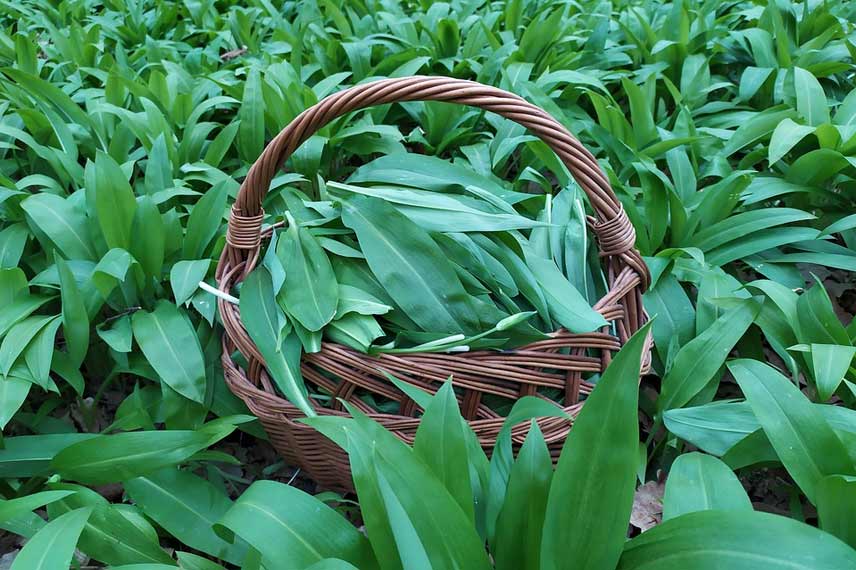
Wild garlic can be harvested in forests, in cool or damp undergrowth, where this herbaceous plant grows naturally. It forms large, visible colonies, and its leaves emit a strong garlic scent.
Be cautious, however, as lily of the valley, autumn crocus, and lords-and-ladies are three toxic plants that grow in similar areas to wild garlic, sometimes even alongside it. They also look very similar and can be mistakenly harvested.
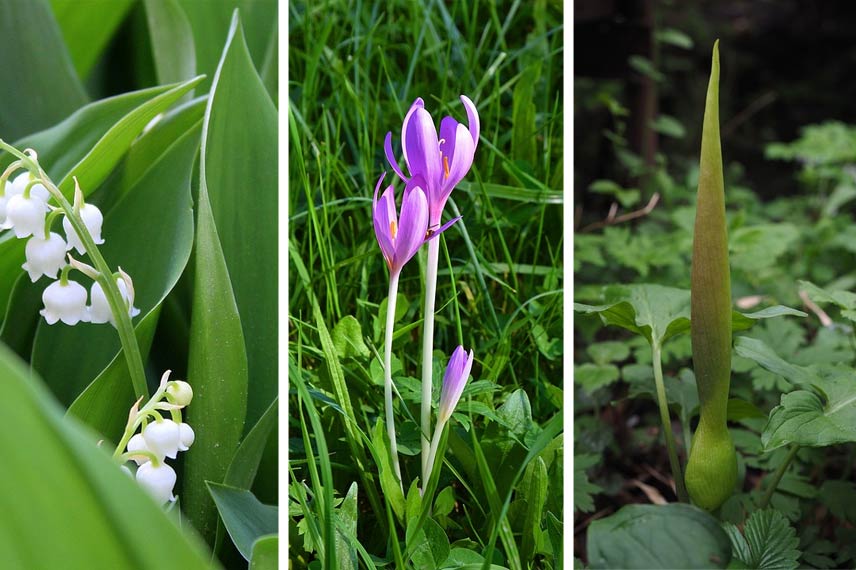
To avoid this, never gather wild garlic in armfuls. It's important to identify each leaf individually before adding it to your harvest. Prefer to pick mature leaves individually, close to the ground. Also avoid picking wild garlic at the edge of woodlands to prevent confusion with autumn crocus.
Wild garlic is recognisable by its intense garlic scent, but this olfactory clue isn't entirely reliable, as the smell lingers on your hands and in your nose, which can mislead you. Instead, look for its long leaves, which emerge individually from the ground.
For added safety, you can also harvest the wild garlic you've grown in your own garden.
How to Use Wild Garlic in Cooking?
Wild garlic is a highly aromatic plant with a milder and more delicate flavour than common garlic. Stems, leaves, buds, flowers, and bulblets of wild garlic can all be eaten cooked or raw*. Note, however, that the leaves and flowers lose some of their flavour when cooked.
*Be cautious if consuming wild garlic raw, as it sometimes grows in areas contaminated by echinococcosis, a disease transmitted through dog and fox droppings.
When eaten raw and fresh, all parts of the plant can be chopped to enhance dishes like pasta, rice, potatoes, omelettes, pizzas, and soups.

The leaves of wild garlic are also great in salads. Cooked, they can be served as a side dish when sautéed in a pan, or used to flavour quiches and other savoury tarts. Wild garlic pesto is a particularly popular recipe, which can be used as a base for salad dressing or mixed with fresh cheese for spreading.
The buds are often pickled in sweet and sour brine to serve as a condiment.
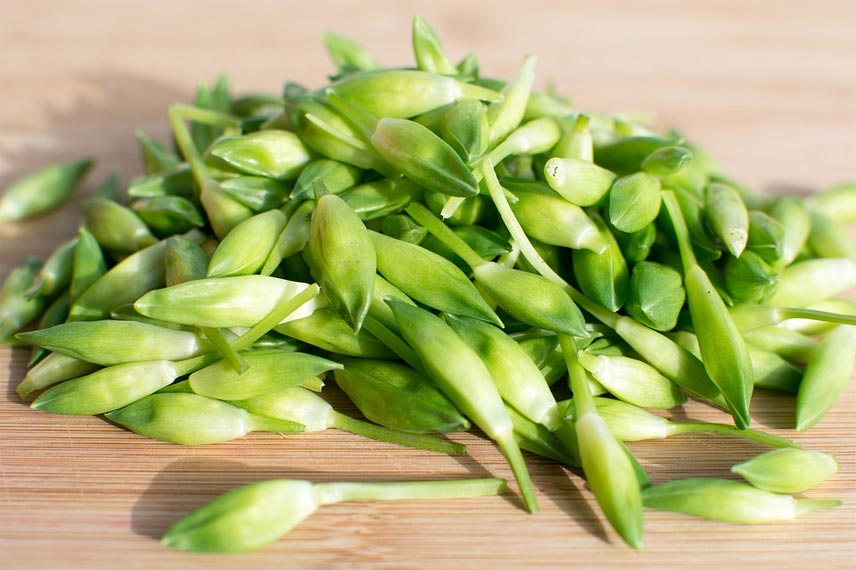
As for the flowers of wild garlic, they are used as edible decorations, offering a very delicate fragrance.
Finally, the bulbs of wild garlic can be used exactly like common garlic cloves. Crush them to enhance all kinds of savoury dishes.
Wild Garlic Pesto Recipe
Ingredients:
- 120 g wild garlic leaves
- 3 tablespoons almond powder
- 6 tablespoons grated Parmesan cheese
- Olive oil
- Salt and pepper
Preparation:
1. Place all the ingredients in a blender and blend.
2. Add olive oil gradually until the desired texture is achieved.
3. Transfer the mixture into a sterilised jar and cover with a little olive oil.
4. Refrigerate and consume within a year.
5. Once opened, consume quickly and ensure the surface is covered with oil after each use.
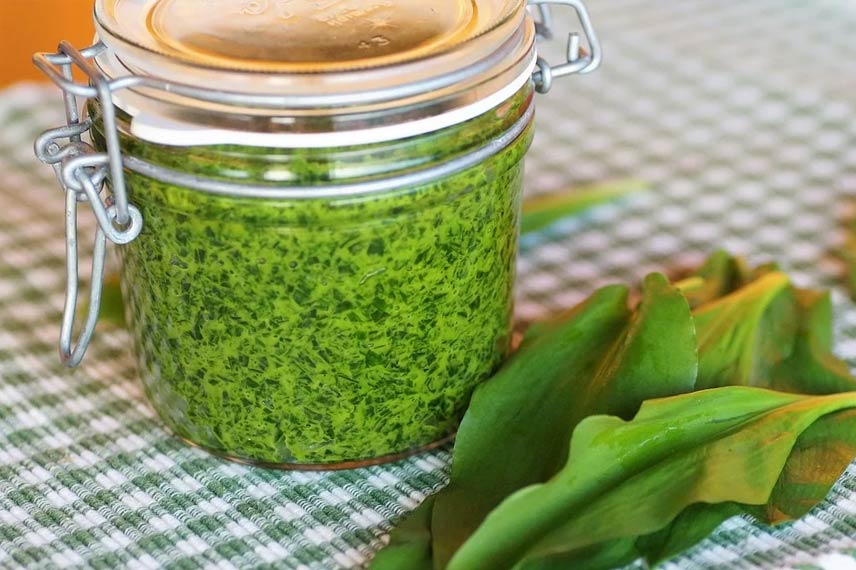
How to Preserve Wild Garlic?
Preserving Wild Garlic in the Fridge
Always start by washing each wild garlic leaf thoroughly with vinegar water, then rinse them with clean water.
Glass of Water Method:
1. Arrange the stems in a bouquet in a glass of water.
2. Place it in the fridge.
This way, you can preserve wild garlic for up to a week, provided you change the water daily.
Freezer Bag Method:
1. Wrap the leaves in absorbent paper.
2. Place them in a freezer bag.
3. Blow into the bag to inflate it and seal it.
4. Store the bag in the fridge's vegetable drawer.
Preserving Wild Garlic in the Freezer
The leaves and stems of wild garlic can be frozen whole or chopped and stored for up to 6 months. Ensure the leaves are laid flat in the freezer bag.
Alternative Method:
1. Blend all parts of the wild garlic with olive oil.
2. Pour the mixture into ice cube trays.
3. Freeze the cubes in their trays.
Preserving Wild Garlic in Sterilised Jars
For long-term storage, the leaves of wild garlic can also be preserved in oil.

1. Blanch the leaves for 1 minute in boiling water.
2. Plunge them into ice water.
3. Drain the leaves and lay them on a clean towel to dry.
4. Place them in a sterilised jar.
5. Cover with hot oil (olive or neutral), seal tightly, and sterilise the jar.
Dehydrating Wild Garlic Leaves: A Practice to Avoid
The leaves of Allium ursinum are sometimes dried and ground into powder for long-term storage. However, this method has the major drawback of causing them to lose most of their flavour.






























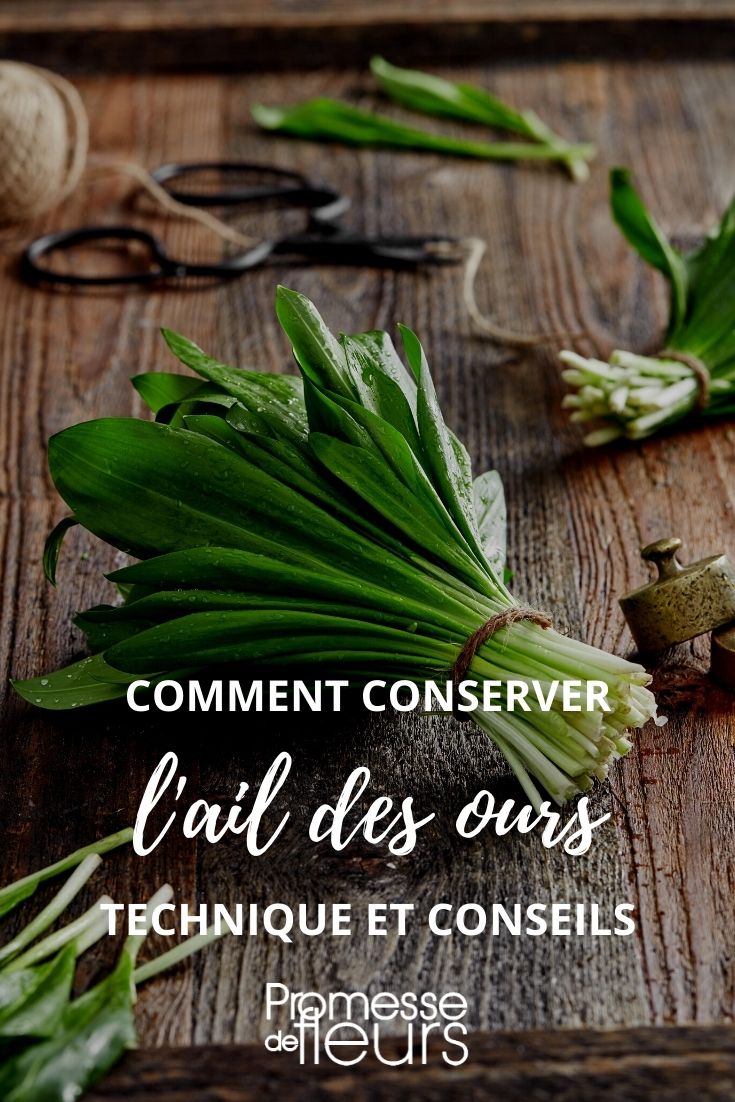
Comments